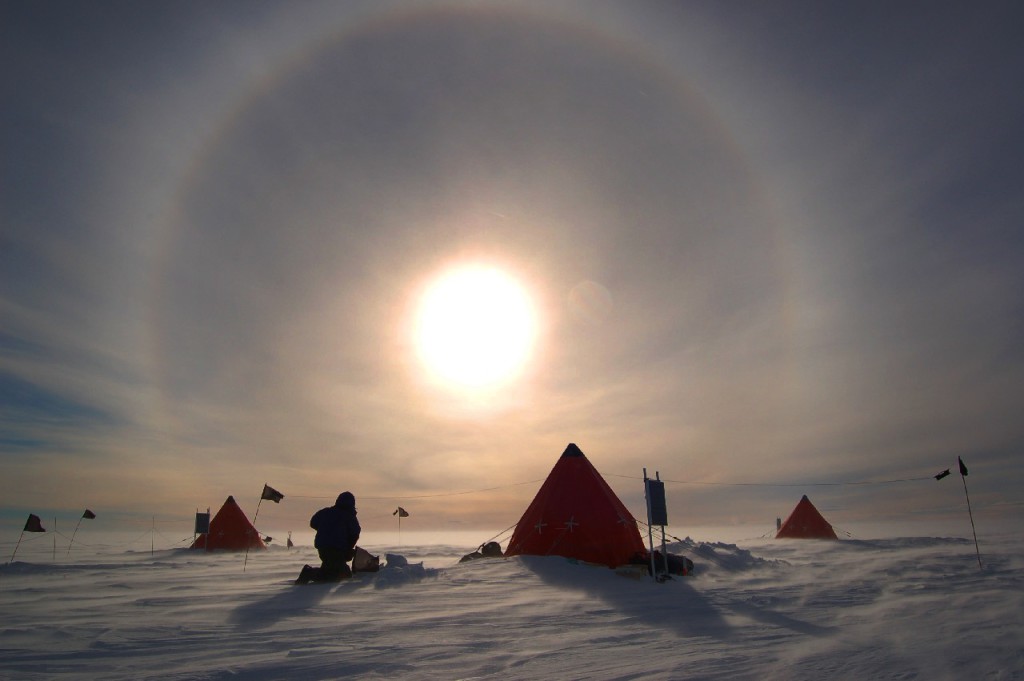New ice core record shows climate variability in West Antarctica
A 308-year ice core record provides new data on climate variability in coastal West Antarctica and shows that a clear warming trend has occurred in recent decades.
To study climate over the past 3 centuries, British Antarctic Survey’s Dr Elizabeth Thomas and a team of Cambridge scientists analyzed stable isotopes in the ice core, which provide a record of past temperatures.
They found that climate variability in coastal West Antarctica is strongly driven by sea surface temperatures and atmospheric pressure in the tropical Pacific.
The authors report that their ice core record shows that the region warmed since the late 1950s at a rate similar to that observed in the Antarctic Peninsula and central West Antarctica.
However, the authors note that this recent warming trend is similar in magnitude to warming and cooling trends that occurred in the mid-nineteenth and eighteenth centuries in their record, indicating that in this coastal West Antarctic location the effects of human-induced climate change in recent years have not exceeded natural climate variability over the past 300 years.

Dr Thomas says,
“The new ice core record was drilled on the ice divide closest to Pine Island Glacier, one of the fastest flowing outlet glaciers in West Antarctica. The new record captures climate variability in this globally important region and suggests that the warming observed here since the 1950s is not the largest in the past 300 years.”
The authors of the article are Elizabeth Thomas, Thomas Bracegirdle and John Turner of BAS, and Eric Wolff, formerly of BAS but bow of the Department of Earth Sciences, Cambridge University.
